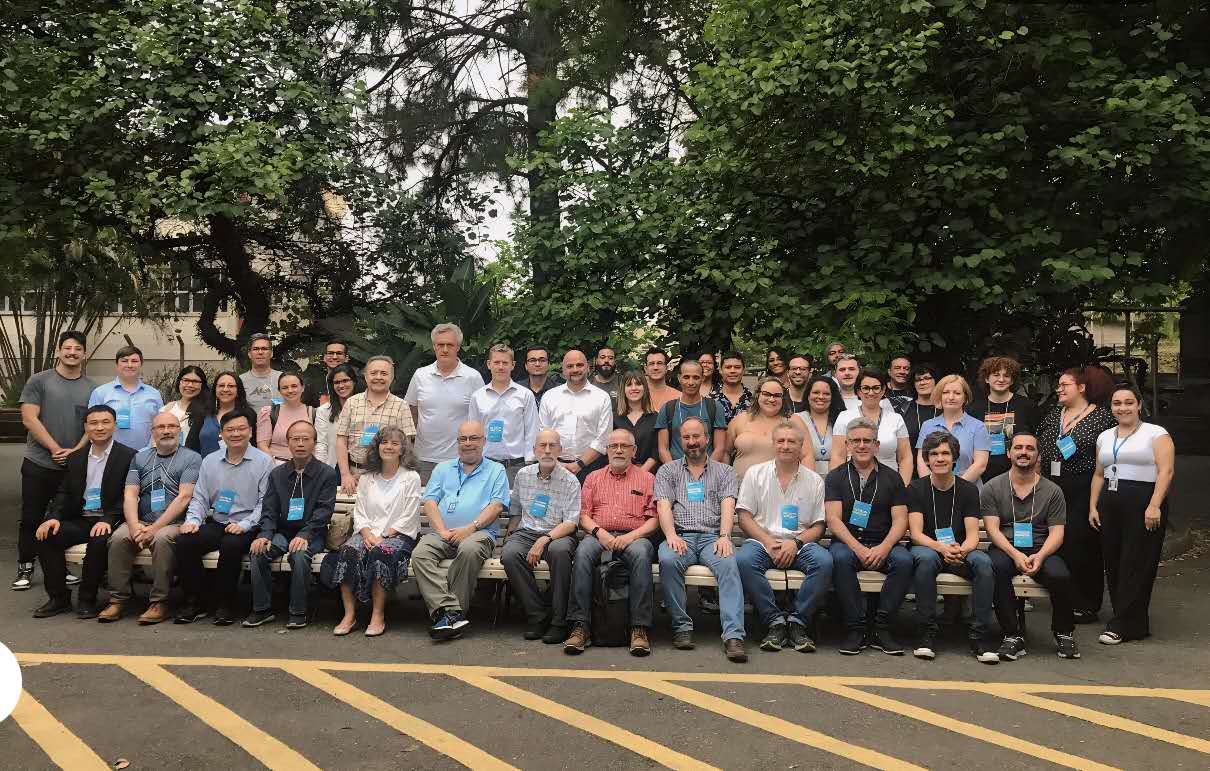
Hefei Institutes of Physical Science (HFIPS) of Chinese Academy of Sciences (CAS) and the Brazilian Institute of Energy and Nuclear Research (IPEN) signed a cooperation agreement on April 9th. The agreement focuses on expanding the Alliance of International Science Organizations (ANSO) Atmospheric Observation Network, which is part of GAONet, the Global Aerosol-Cloud-Precipitation Observation Network, to Brazil.
This collaboration unfolded during the 12th edition of the Workshop on Lidar Measurements in Latin America (XII WLMLA), spanning from April 7th to April 12th in Brazil. Representatives from both institutes, and other countries participated and presented research progress.
According to the agreement, three observation sites will be deployed in Brazil, beginning with Sao Paulo, Brazil. The sites will be equipped with small-scale aerosol lidars, cloud observation instruments, and precipitation weather sensors developed by Key Laboratory of Atmospheric Optics of HFIPS. Together with five sites previously established in Russia, Belarus, and China, this network will collectively observe global atmospheric aerosols, clouds, and precipitation phenomena. Also personnel exchanges, talent cultivation, and enhanced cooperation efforts are included in the agreement.
"2024 is the 50th anniversary of diplomatic relations between China and Brazil," said Prof. WANG Yingjian, Director of Key Laboratory of Atmospheric Optics of HFIPS, "These observation sites will contribute to the monitoring of global atmospheric phenomena, thereby facilitating research on environmental and climate change."
The Latin America Lidar Network (LALINET), was created during the first WLMLA in 2001. The goal of this event was to share knowledge between LiDAR researchers and students, promoting cooperation between scientific members of the LiDAR community, and fostering future LiDAR research projects.

HFIPS of CAS and IPEN signed a cooperation agreement on April 9th in Brazil (Image by HFIPS)

XII WLMLA Workshop on Lidar Measurements in Latin America aims to better understand aerosol distribution over South America and its impact on weather and climate. (Image by HFIPS)